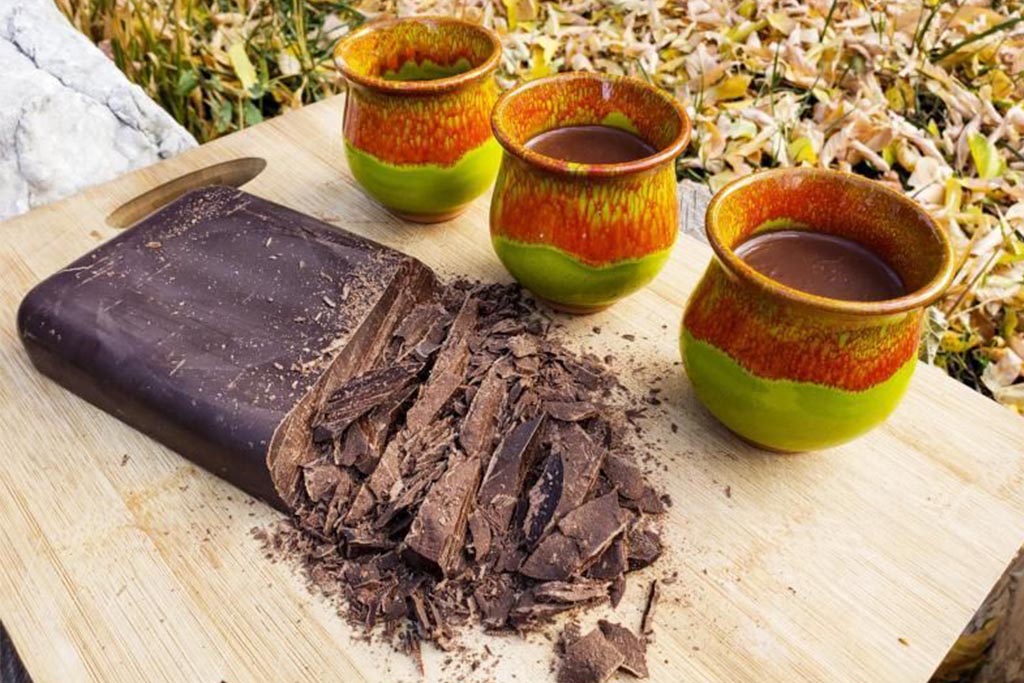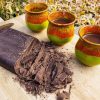Guatemalan ceremonial cocoa
80,00€
100% Pure Ceremonial Grade Cocoa, from the native Mayan Q’eqchi families.
This ceremonial quality cacao is grown and harvested by native Q’eqchi’ Mayan families, many of them in the highlands of Guatemala around Laguna Lachuá, a beautiful cenote.
The Mayans cultivated cocoa for thousands of years in perfect harmony along with honey, cardamom and corn.
The indigenous Q’eqchi’ communities have been the guardians of the sacredness of cocoa and have preserved the ancestral ceremonies of fire and cocoa for thousands of years.
Type: Ceremonial Grade Cocoa.
Ingredients: Ceremonial grade cocoa, cayenne pepper, Ceylon cinnamon and vanilla.
Origin: Mayan tribes of southern Belize.
Presentation: Cocoa block.
Size: 500 grams.
Storage: Store in a cool, dry place away from direct sunlight.


